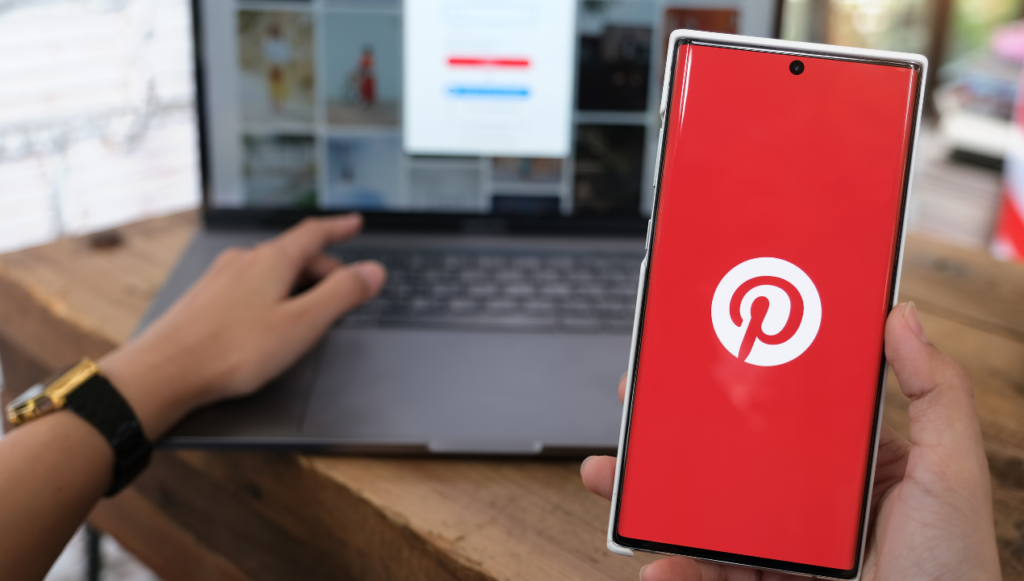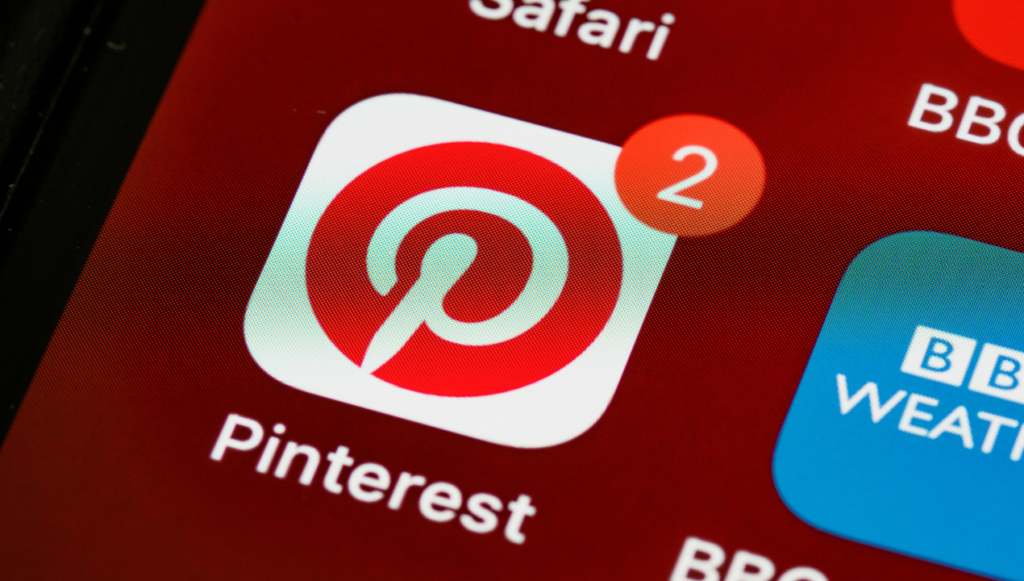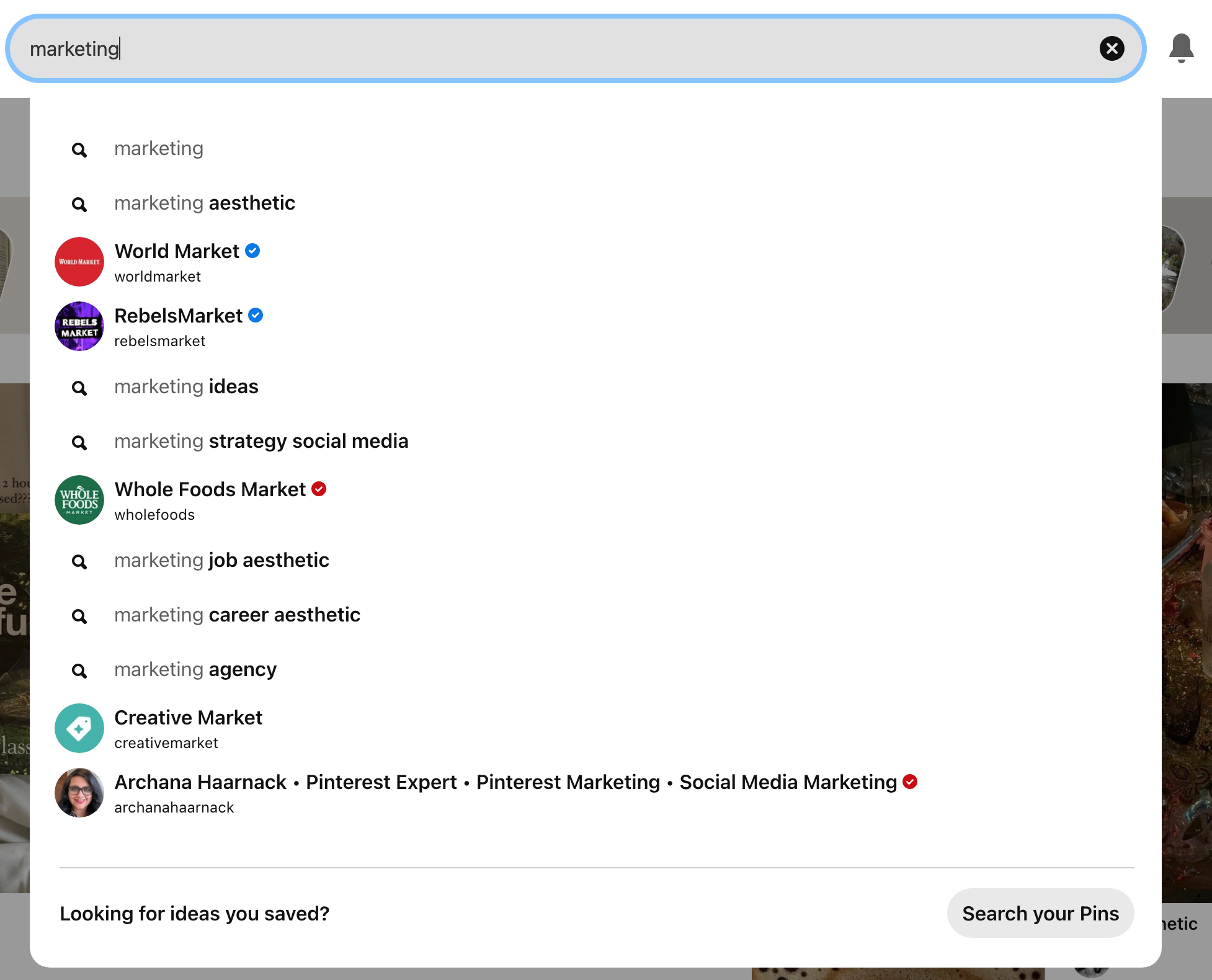You started creating your first pin, and then you realize: you have no idea how to use Pinterest hashtags. From finding popular hashtags to adding them to your pin description, we created this helpful guide to finding and using Pinterest hashtags. Let’s get started.
Make hashtags on Pinterest work for you with our Pinterest hashtags best practices.
- Make sure your hashtags are relevant.
- Use a mix of niche and evergreen Pinterest hashtags.
- Include short-tail and long-tail hashtags in your Pinterest posts.
- Use the recommended amount of hashtags in each pin.
- Don’t use a Pinterest hashtag in places where you’re not supposed to.
We describe each one in detail below.

We’re listing this tip first because it’s one of the most important ones to remember as you’re crafting your Pinterest marketing strategy:
Only use hashtags on Pinterest that are relevant to your content.
Using relevant hashtags will signal to the Pinterest algorithm that your content provides value. It will also show that your posts are related to the hashtags you’re using.
You want to provide a positive user experience for people scrolling through their hashtag feed for specific pins. Adding hashtags that are relevant to your content means that users will then be shown relevant search results. If someone is searching for “book recommendations,” they are going to skip any content that comes up about fashion.
You want to make your Pinterest hashtags work for you. Capitalizing on your Pinterest traffic by earning the trust of your target audience is a great way to do that.
Alternatively, if you’re using hashtags that aren’t relevant to your content, Pinterest will start to devalue it. The Pinterest algorithm will notice that your posts are irrelevant to the hashtags you included, and your pins will lose their position in the hashtag feeds.
Having relevant content with the right hashtags will help boost your position in the search results.
Next on our list of Pinterest hashtags best practices is using a mix of niche and evergreen hashtags.
Evergreen Pinterest Hashtags
Evergreen or more popular Pinterest hashtags are going to be more broad. They help narrow your pins down to broader categories like marketing, makeup, or books.
Evergreen hashtags will be relevant year-round, no matter the season and no matter how specific or broad your post is.
However, evergreen hashtags are also more popular hashtags. This means that they have a higher search volume and therefore, higher competition.
For example, evergreen hashtags for food bloggers could include #cooking, #foodie, and #recipeideas. Notice how these hashtags are more broad and descriptive of the category themselves.
Niche Hashtags
Niche hashtags are going to be highly specific to your content and target audience.
Within the more broad categories, niche hashtags will help narrow down your content in the feed even more. The more specific your hashtags are, the easier people will be able to find the specific keywords they’re looking for.
Niche hashtag ideas for food bloggers could include #glutenfreebaking, #farmtotablecooking, and #vegancoldlunches.
Notice how these hashtag suggestions are more specific within the broad categories of food and cooking.
Here are a few additional tips for improving your use of niche and evergreen hashtags on Pinterest:
- Repurpose your old pins by reposting them with different descriptions and hashtags.
- Scroll through your old pins and update their descriptions with new hashtags. You might notice that you posted old pins without adding hashtags.
Branded Hashtags

The most niche hashtags you could add to your pins are branded hashtags.
Some creators use their own branded hashtags in their pin descriptions. A branded hashtag is unique to your account, and it’s a way to help increase awareness and brand recognition.
You can even use your own branded hashtag across other platforms too, like Instagram, Twitter (X), and TikTok.
Having your own branded hashtag will also help you identify stolen pins. You’re able to search your branded hashtags in the search bar. Then, old pins will pop up under that hashtag. Here, you can find out if another creator has stolen your pins and is posting them as their own.
When you use hashtags on Pinterest, adding a variety of keywords will help you improve your Pinterest marketing strategy.
Having a mix of clickable hashtags in each pin description also means including both short and long tail hashtags.
What is a long-tail keyword? Long tail keywords or hashtags are specific phrases that typically contain 3-5 words, are more specific, and have lower search volumes.
Alternatively, short-tail keywords are more broad phrases that typically contain 1-3 words and have higher search volumes.
For example, a short-tail keyword about Pinterest marketing could be “Pinterest.” A long-tail keyword could be “ideas for Pinterest posts.”
A short-tail keyword about marketing on other social media platforms could be “Instagram.” A long-tail keyword could be “Instagram post ideas for food bloggers.”
Notice how the long tail keyword is more specific within the broader short tail keyword.
Hashtags work best when using a variety of them. Varying the length and specificity of your keywords is a great way to broaden your hashtag search results.

There is such a thing as using too many hashtags on Pinterest.
The highest number of hashtags Pinterest allows you to add is 20 hashtags. However, experts recommend narrowing down the number of hashtags you use for each post down to 3-8 hashtags.
You don’t want to use any more hashtags than that. If you’re brainstorming ideas for more than 20 hashtags, you’re probably adding irrelevant hashtags to your pins. You don’t want to do this.
While you do want to make sure you’re using a variety of relevant hashtags in each post, you don’t want to engage in keyword stuffing.
Keyword stuffing occurs when you repeat the same or similar hashtags throughout your content in a way that makes your content appear like spam.
You don’t want to use the same hashtag in your pin over and over again. This doesn’t help your pin perform better, and it isn’t helpful for the end user.
Additionally, keep in mind that once your pin descriptions get too long, Pinterest does automatically shorten them under the “see more” clickable icon. This means that people will only see the first ones you list when writing your pin descriptions. For this reason, you should put your most relevant hashtags first.
Part of knowing how to use popular Pinterest hashtags is knowing where not to use them.
There are specific parts of the social media platform where hashtags will not show up as clickable hashtags.
For example, if you write a hashtag in your board descriptions or Pinterest bio, they will not show up as clickable hashtags. This essentially means that they are irrelevant and not picked up by the algorithm. It also means that users can’t click on them and be taken to related hashtag feeds.
You’re better off prioritizing your keywords in these spaces instead of hashtags.
However, this doesn’t mean that you shouldn’t prioritize your boards themselves. There is a wealth of opportunity hidden within your Pinterest boards.
Many users are unaware that other users on Pinterest search for boards. They’re searching for boards that organize the pins they’re looking for in an aesthetically pleasing way. Instead of having to piece together one pin at a time, they’re looking to follow Pinterest users who have organized pins and boards for them already.
This means that your boards need to be organized. Having organized boards on Pinterest is another great way to engage your audience and boost your position in the search results. Learning how to organize Pinterest boards will help you have a more visually appealing profile and better reach your target audience.
Now that you know how to use hashtags on Pinterest, let’s discuss how to find trending hashtags for your Pinterest pins. We discuss four different ways below.
Pinterest Search Bar
One of the best ways to find general Pinterest hashtags is also one of the easiest!
This option is readily available for all creators on Pinterest.
The Pinterest search bar recommends keywords based on what you’re searching.

For example, if you start typing in the word “marketing,” Pinterest will populate a variety of suggestions for how to finish your search query. The complete list includes search terms, profiles of major companies, and a creator profile.
Notice how the results include both short-tail and long-tail keywords.
While these are technically search terms, the search bar can provide you with an idea of what the most popular Pinterest hashtags might be. You can use these results when you add hashtags to your own pins.
Pinterest Trending Page
The Pinterest trending page is a great place to find keywords to incorporate into your Pinterest hashtag strategy.
From your creator hub, under the Analytics section, choose the Pinterest Trends tab.
On the Trend page, they will show you the most popular Pinterest hashtags at any given time across a variety of categories.
Here, you can type in a keyword, and Pinterest will show you a list of relevant keywords. Pinterest will also tell you how these keywords have grown in the past week, month, and year.
While these keywords are not exactly hashtags, they will give you an idea of different hashtags that you could incorporate into each pin description based on those keywords.

Pinterest also tailors the trends section based on your existing pins. This means they will help you find keywords that are similar to your existing content.
For example, if your Pinterest account posts about marketing and copywriting, Pinterest will show you relevant keywords for your existing pins. This can give you ideas for expanding your pins and reaching a wider portion of your target audience.
Additionally, Pinterest predicts trends for pins for the year, too. This trend page will also give you more ideas for future pins you could create.
Analyze Similar Creators
Part of having a strong hashtag strategy is being aware of what your competition is doing.
Spend some time looking through the posts of other pinners. You should be familiar with other Pinterest users and how they’re using hashtags throughout their pins.
Check out the different hashtags your competition is using. Notice what’s working for them and see how you can use those other hashtags for your posts. They might be using a certain hashtag that you didn’t notice when doing your own keyword research.
You can brainstorm Pinterest board ideas based on what you like about what your competition is doing. Then, put your unique spin on it by creating your own boards and Pinterest posts.
You can also see where you’re using the same hashtags while taking note of what’s working and what’s not working.
Hashtag Generator Tools
The great news is that Pinterest itself now generates hashtags for users when uploading new pins.
When you’re writing your pin description for a new post, type the hashtag key. A dropdown menu will then appear that provides you with hashtag suggestions.
You can start typing the first portion of your keyword, and Pinterest will populate the right hashtags for your content. This will help you add popular hashtags to your posts.

Sometimes, you just want someone else to write the descriptions and hashtags for your pins for you.
Additionally, there are hashtag generator tools that you can use to help you add hashtags to each new pin.
A caption generator will write both the actual description of each pin and add hashtags all in one.
Popular options for writing pin descriptions and hashtags on Pinterest include:
Hashtag generator tools are a great option for people who don’t want to perform hashtag research for their pins themselves.
After reading through our guide to Pinterest hashtags, you now know how to use them properly and how to find them. The tips we’ve discussed are designed to help you up your Pinterest game. Happy pinning!












![Mangools Coupon Feb 2024 [55% Off, $684 Savings🔓]](https://marketingmagnetinsider.com/wp-content/uploads/2024/02/mangools-coupon-75x75.png)







